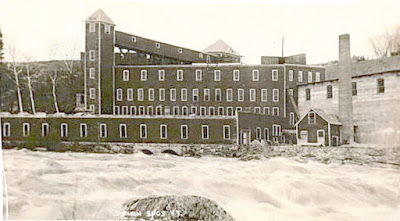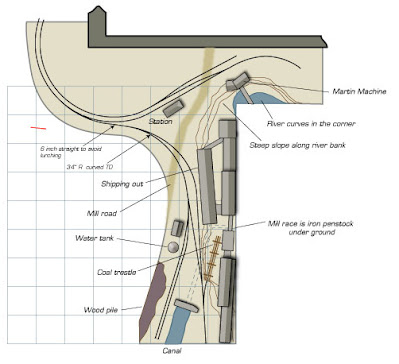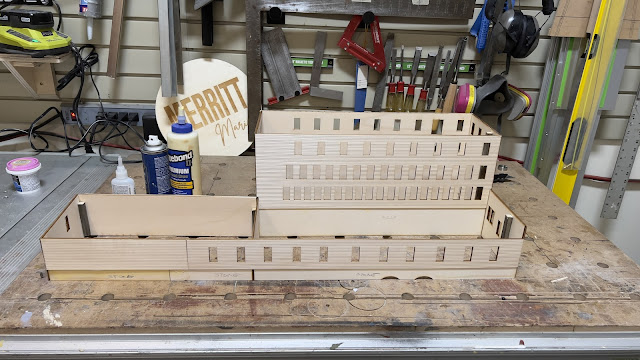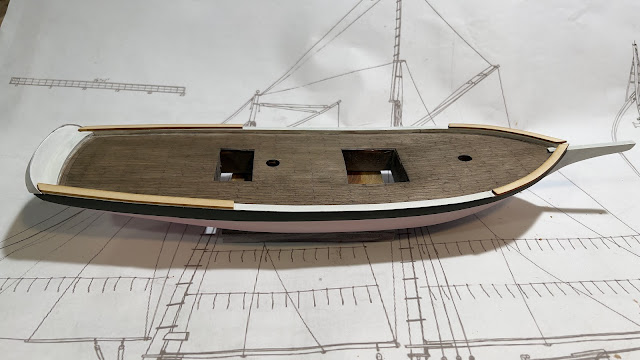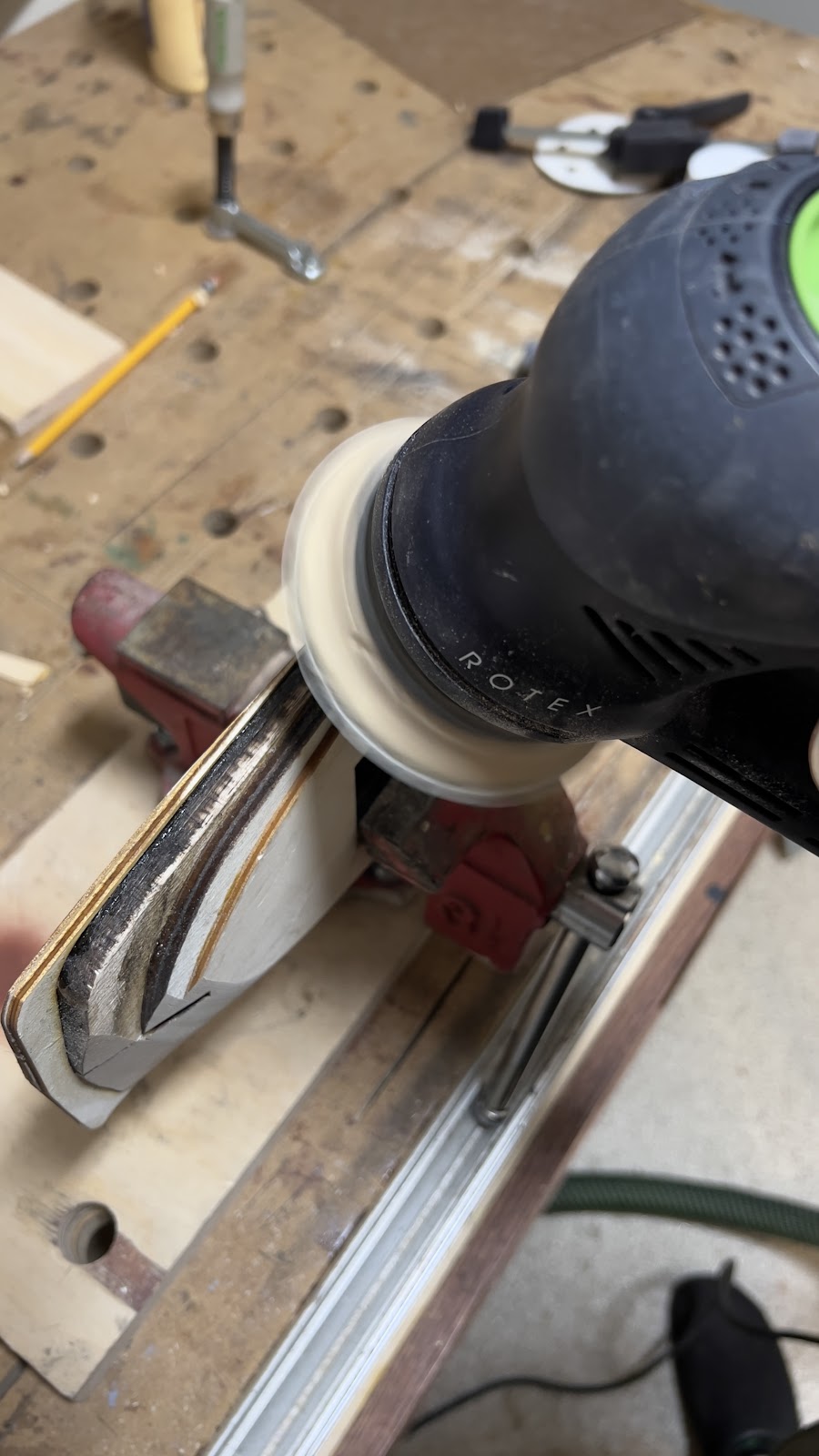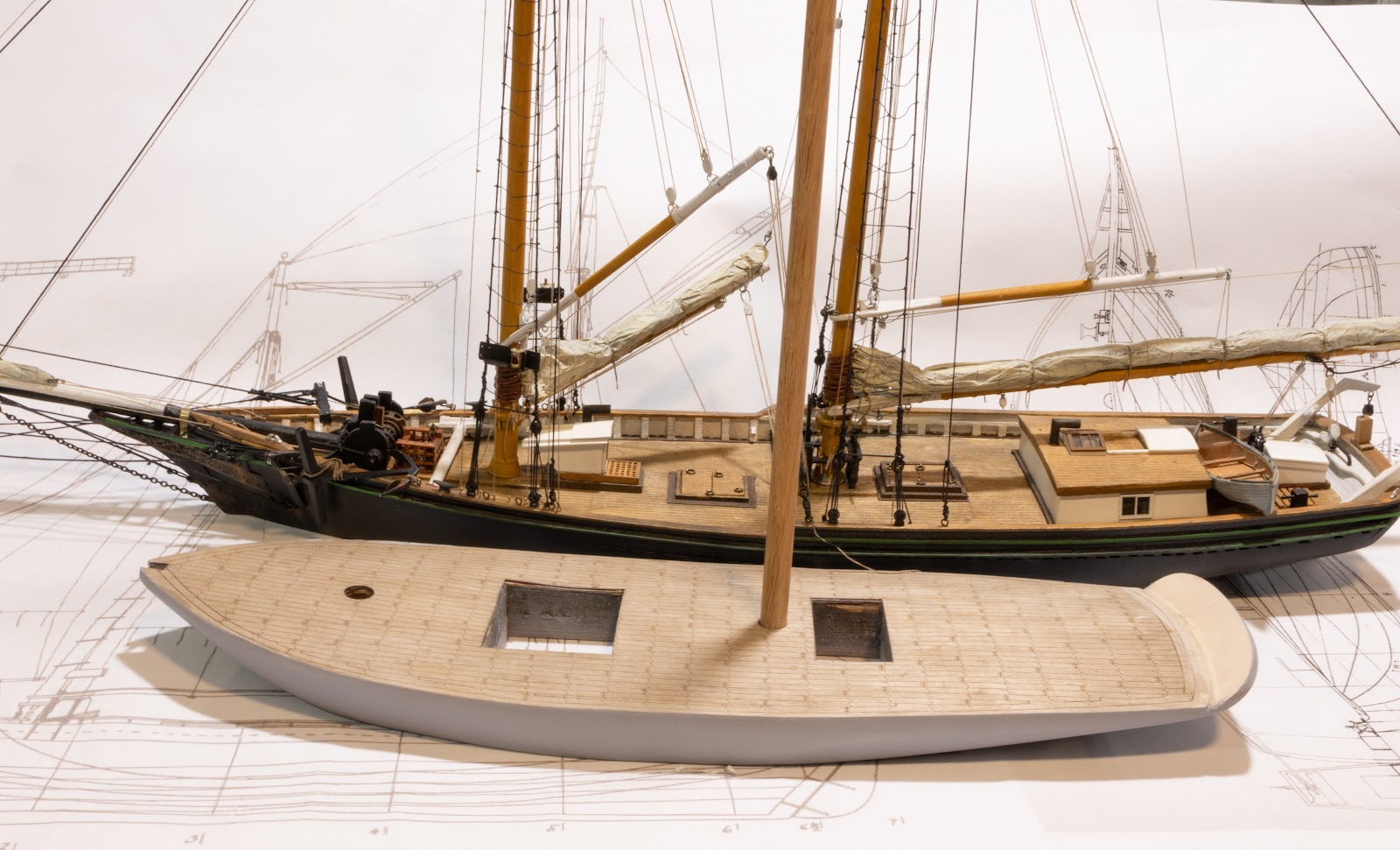 |
| Dispatcher Office ready to go. You can se the schedule, train sheets and bulletin. |
I hosted an operation session on Friday for visitors from New Jersey. Tom Piccirillo, Andy Brusgard, Tom Schmeider and Mike Quinn arrived at the house for an afternoon session.
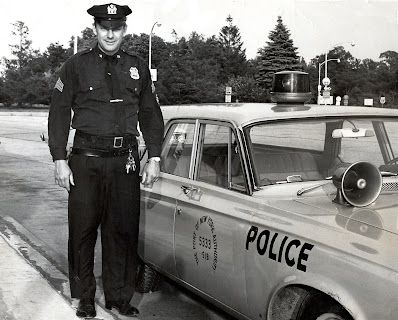 |
| My father at Kennedy Airport |
Op Session
Tom P. and Andy arrived early so I assigned them train 8 from Falmouth with engine Haupt. We operated under the rule that trains originating from Falmouth with scheduled meets at Brooke are limited to 8 cars maximum. So they left Falmouth with 8 cars.
Later Tom S and Mike are arrived. They took Train 7 as soon as they read the bulletin. To their credit, they had read the advanced paperwork and pretty much knew what to do as soon as they arrived despite being first time operators on the Aquia Line.
Train 8 arrived at Brooke for the scheduled meet before 7. Being the train in an inferior direction, they had to wait for 8 to arrive. It was interesting that 7 needed to pick up a car at Brooke and 8 had a car to drop. So, the crews coordinated their actions to expeditiously do the job.
 |
| Andy and Tom P - both had operated here before |
Meanwhile, train 7 arrived at Aquia Landing. Unfortunately, at that point engine Haupt started to malfunction despite running fine beforehand. After some unsuccessful debugging, we switched engines McCallum for Haupt, and they attempted to finish their run. They assembled the train 9, but never did run it as they ran out of time as they had to leave to check into the hotel.
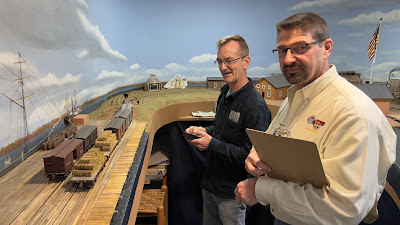 |
| Mike and Tom S. |
Other than the Haupt issue, the ops session went well.
Mat Thompson hosted a group dinner at his house on Friday night. The group dinner is always a highlight of the NJ-DMV Interchange weekend. Mat's layout is also a nice treat to see too.
 |
| Greg Viggiano observes John Steitz running trains during the open house |
Open House
On Saturday I hosted an open house for the NJ-DMV folks plus local friends. About 15 folks arrived to se the layout. John Steitz, Mike Spoor and Amby Nangeroni ran trains while the guests looked around and asked questions.
Alicia made chocolate brownies which were all gone by the end of the open house
Problems
We discovered that Whiton, one of my Mason engines with battery power was sparking on the tender trucks. The engine continued to run despite the sparks. The shorts on the tender trucks is a common problem with the Masons from SMR Trains. It may be due to the insulating paint wearing off the brass parts as the engines operate. Charlie Taylor also reports similar problems with his SMR Masons. I need to add insulation washers to all the Mason engines. I am also thinking about making make new 3D printed resin trucks for these engines. The resin will help eliminate some of these intermittent electrical shorts. Also, Engine Oscela has a broken wire to the front truck that I need to repair.
John Steitz reported that the passenger car was picking frogs when he was running. It had not been doing that when I ran it, so I need to check it out.


